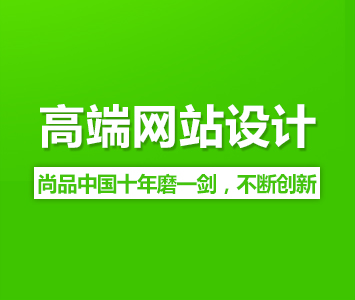-
simplified Chinese character -
Simplified Chinese English
Shangpin China Joins Hands with Beisheng Internet to Create a New Chapter in Website Construction
APP navigation design routine

Station building process
-
Website requirements -
Website planning scheme -
Page design style -
Confirm delivery for use -
Data entry optimization -
Program design and development -
Follow up service -
contact number 010-60259772
Hot tags
-
Website construction -
Food website construction -
WeChat applet development -
Applet development -
Wuxi website construction -
Website construction of research institute -
Shenyang website construction -
Langfang website construction -
Zhengzhou website construction -
Construction of wedding photography website -
Mobile terminal website construction -
University website production -
Tianjin website construction -
Education website construction -
Brand website construction -
Government website construction -
Beijing website construction -
Website Design -
Website production
Latest articles
-

Website construction scheme: Fresh makeup aesthetics website Type: website construction 2025-03-13 -

Enterprise website construction plan: create a new business card for the network and open the digital future Type: website construction 2025-03-11 -

High end website production solution Type: website construction 2025-02-18
Recommended News
-
What is the significance of online marketing? 1. What is network marketing? Network marketing is based on modern marketing theory, and uses the network to 2020-07-10 -
SEO and SEM are good friends SEO and SEM complement each other very well. When you do a good job in SEO, you can reduce the number accordingly 2013-06-17 -
Domestic high-speed free host Sina SAE builds WordPress blog Sina SAE is a core component of the open cloud computing platform developed and operated by Sina. SAE... 2013-02-06 -
How to treat seo black hat technology - improving seo optimization technology Beijing website construction company Shangpin China (www.sino web. net): First, be serious 2013-04-22 -
[Beijing website production] What have we learned from Dennis, the father of C language What have we learned from Dennis, the father of C language? We are all familiar with the father of UNIX 2012-10-21 -
What are the skills of intensive website construction? What should we pay attention to when developing and building a website? As we all know, intensive websites contain a lot of information. If the website design page is not beautiful, the layout is relatively 2023-08-02
Make an appointment with a professional consultant to communicate!
Disclaimer



